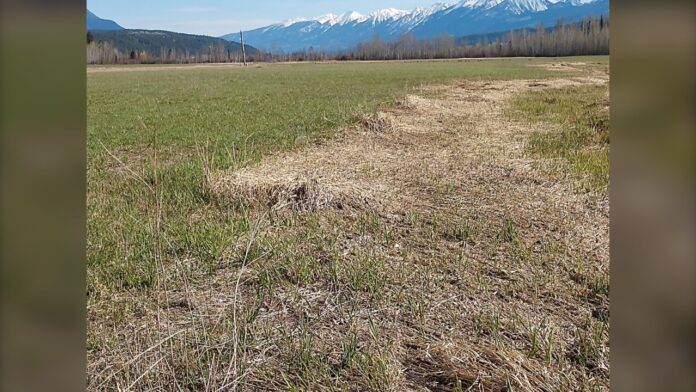"These projects reflect the commitment of Basin communities and organizations to restoring and enhancing local ecosystems,” said Johnny Strilaeff, President and Chief Executive Officer, Columbia Basin Trust. “By working together, we are not only protecting biodiversity but also ensuring that future generations benefit from healthy, resilient landscapes.”
Through its Ecosystem Enhancement Program, the Trust is investing over $3.2 million in six large-scale, multi-year projects. Since launching the program in 2017, the Trust has committed nearly $20 million to 37 initiatives. See all projects at ourtrust.org/eep.
In addition, the Trust is supporting two smaller-scale, shorter-term projects with $97,000. These initiatives also play an important role in taking immediate on-the-ground action to improve local ecosystems. See the backgrounder for more details.
A Former Floodplain Returns to a More Natural State
If you see a small brown and white songbird at Moberly Marsh near Golden, you may have spotted a bank swallow. It’s one of the many species that will benefit from the restoration of floodplain wetlands within the area of the marsh owned by Ducks Unlimited Canada, called Spike Elk Farm. Over five years, the organization will be returning 20 hectares to its natural form and function through activities like removing dikes, disabling ditches and restoring historical wetland areas. This will complement a BC Parks and Ducks Unlimited Canada project on neighbouring lands in Burges James Gadsen Provincial Park.
“Spike Elk Farm has been impacted by agriculture since the late 1800s,” said Matthew Wilson, Head of Conservation Programs, Ducks Unlimited Canada. “This project aims to restore wetlands on the property while retaining existing values for migratory waterfowl and songbirds. The restoration effort will increase habitat values for a diversity of species and provide climate resilience by creating additional water storage and re-establishing connectivity to the Columbia River and Columbia wetlands.”



